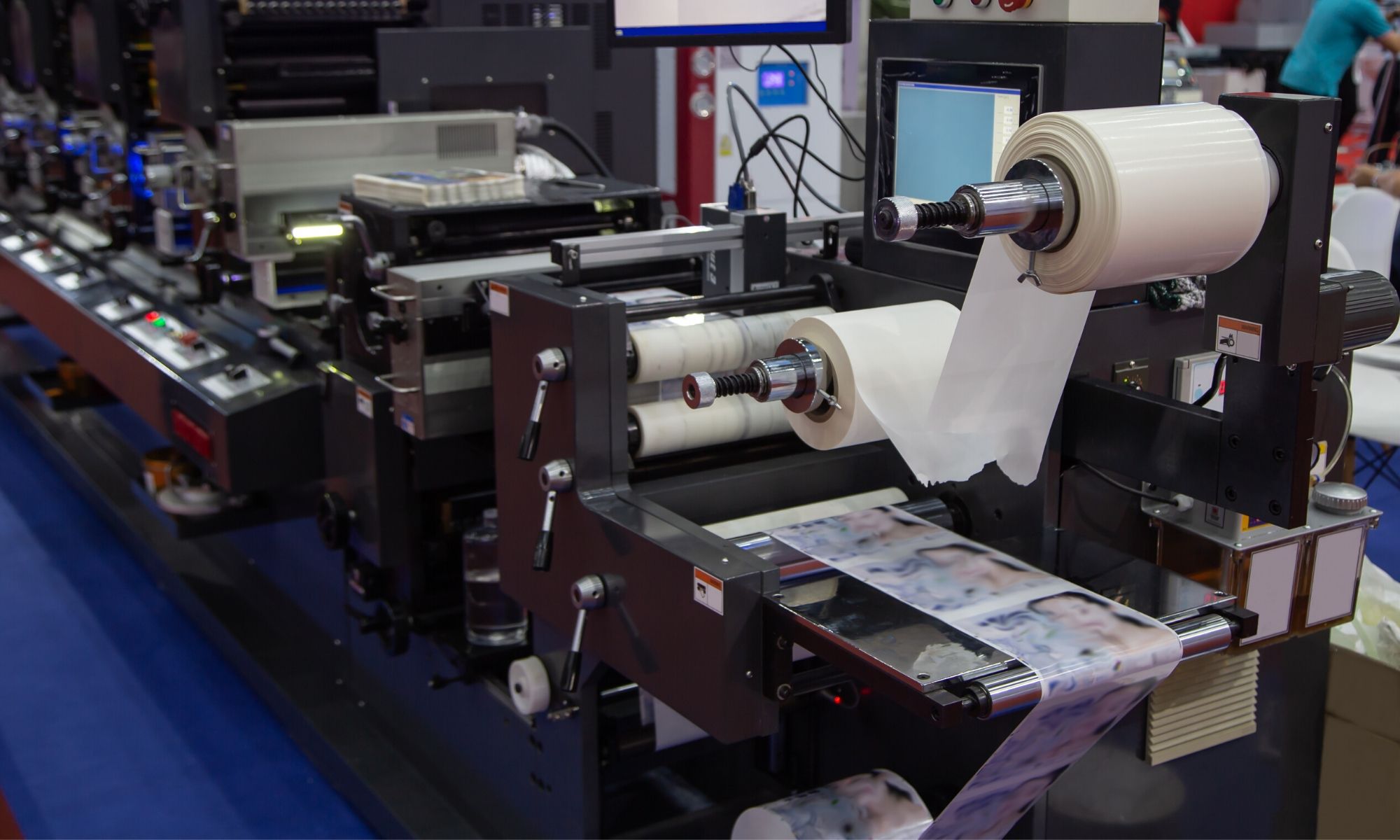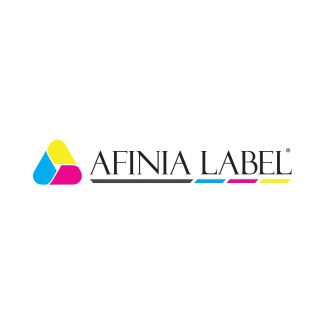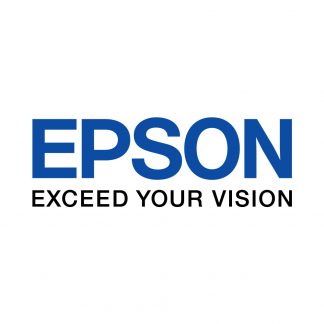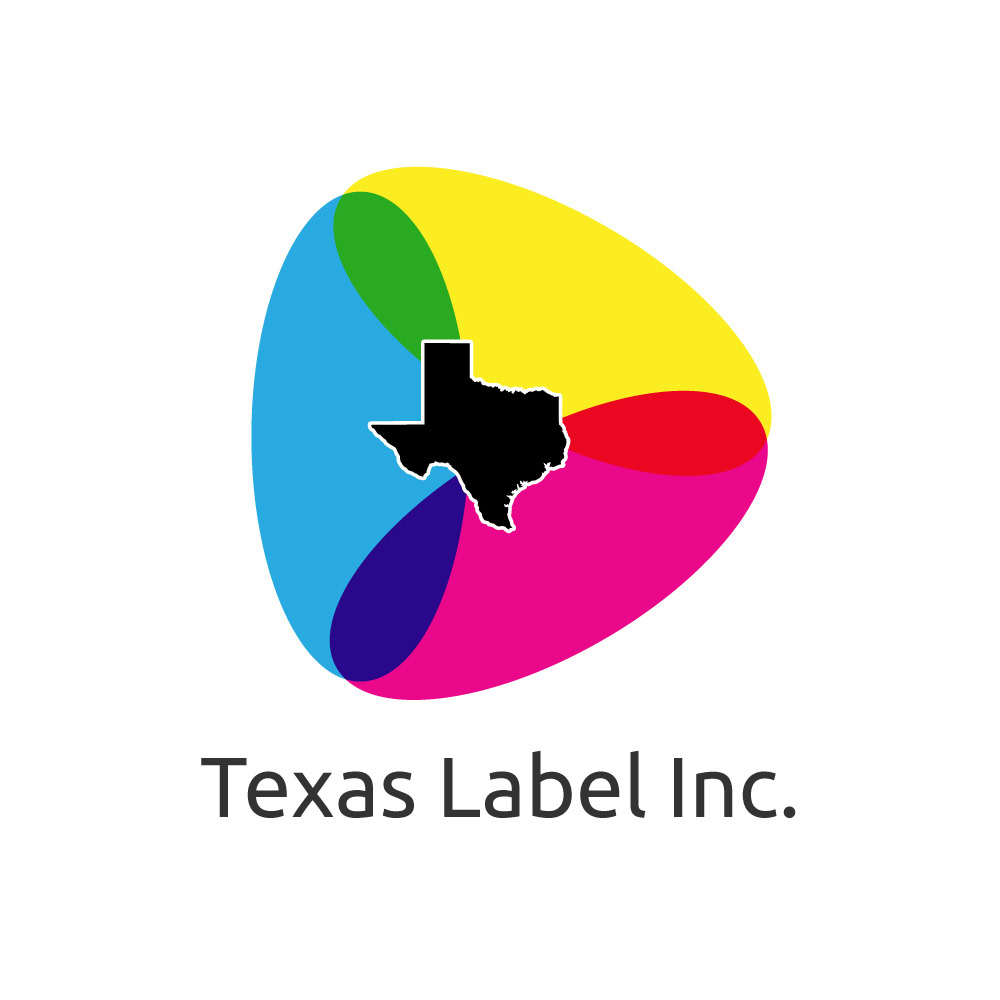
The production and sale of retail items have changed many times throughout the course of history. Not only has the quality and type of products changed but so too have the methods used to produce and package such items. Among these changes is the evolution of label printing, both in the way labels are manufactured and the designs they feature. As manufacturing equipment became more advanced, the stylistic possibilities for label printing also grew. In order to properly appreciate the developments that have been made, however, we must first travel back through a brief history of label printing throughout the years.
Labels from Long Ago
The history of label printing has a long and storied past that stretches across many centuries. The first labels were mainly used to organize shipping containers and may date back as far as the 1600s. Because reading and writing were not widely held skills at this time, these labels contained only the most basic and pertinent information. Labels were affixed to their products not through adhesive as they are today but with nails. This was beneficial in some respects. As the products often had to travel great distances, affixing the label using more sturdy and permanent measures was far more practical. As more structured settlements began to pop up around the United States, so did the popularity of general stores. More products were needed to fill these shelves, so manufacturers needed to develop a more streamlined process for creating, packaging, and labeling their products.
Incorporating Automation
Thanks to the industrial revolution, label printing began to take shape into a process that more closely resembles many of the procedures still used today. Reading and writing became more widespread, and product packaging began to include more information on their labels. It is also during this time that adhesive paper came into widespread use for label printing. During the 1800s, this adhesive generally took the form of individual, pregummed sheets of paper. Applying this adhesive, which was created using animal glue, was a rather long and tedious process. Thankfully, in the early 1900s, the use of pregummed paper gave way to instantaneous hot-seal labels. While these self-adhesive labels helped streamline the application process, the printing process was still rather taxing.
Developments in the Digital Age
For many years, product labels were printed using rather rudimentary processes, either by typewriter, printing press, or even by pen and pencil. As society took its first steps into the digital age, however, the potential to create well-designed labels in a brief period of time grew exponentially. Digital printing methods now make it easier than ever to design unique, colorful, and identical labels within a very short time span. Other mechanisms, such as a digital label finisher, allow the manufacturer to rapidly print, cut, and reroll a large number of labels with ease. As further technological developments are made, the process to design and produce labels will only become more streamlined.



